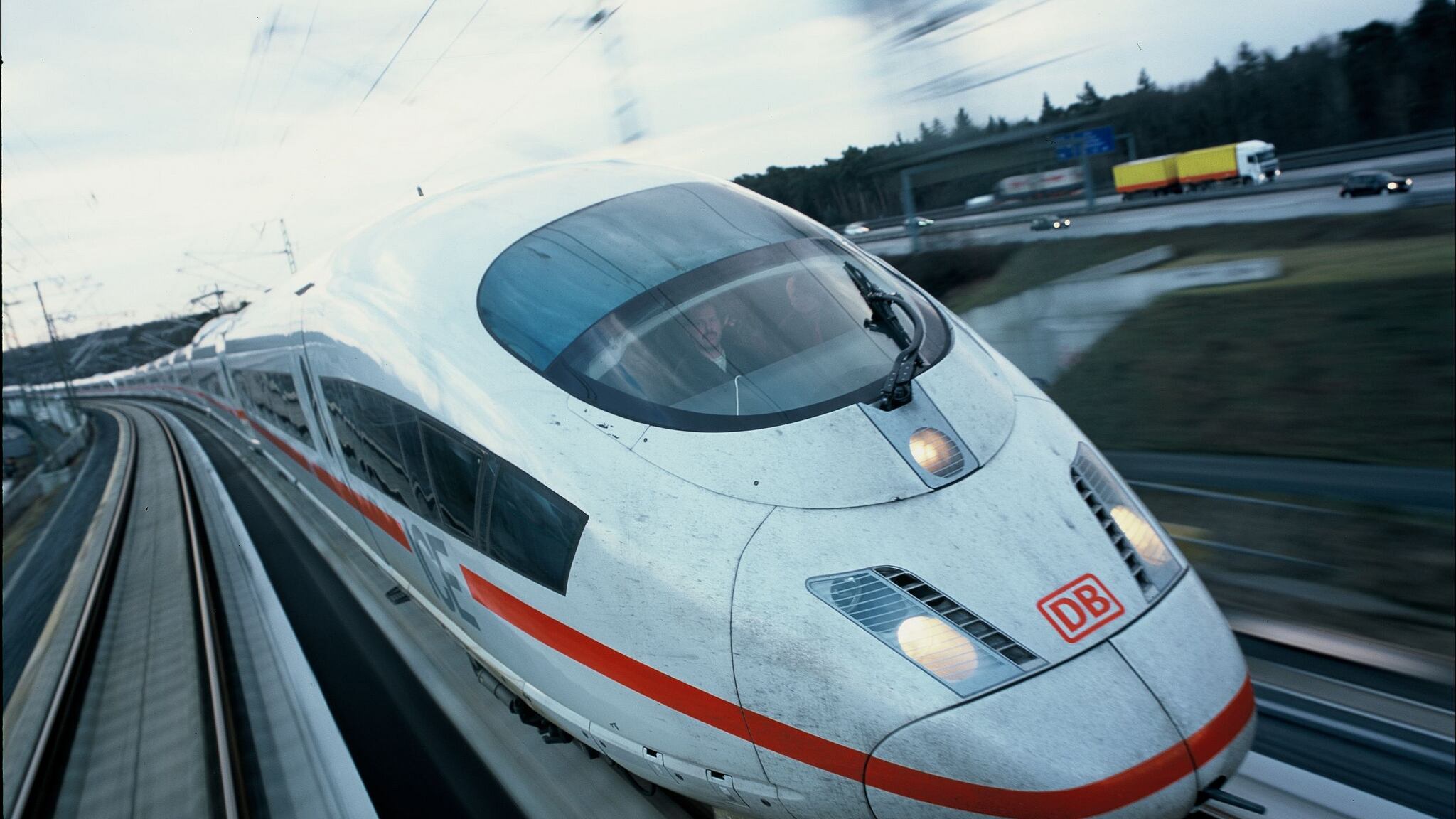A new advocacy group launched today to push for the creation of a high-speed railway connecting Seattle, Tacoma, Portland, Spokane and Vancouver, B.C.
The Pacific Northwest could use relief from interstate gridlock: Traffic on I-5 is brutal at almost any hour. The 170-mile trek between Portland and Seattle can take upwards of five hours, on a good day.
Cascadia Rail hopes to change that.
"Because our entire region is popular and globally competitive," Cascadia Rail wrote in a Seattle Transit Blog post, "more is needed to support the growing population across the Cascadia region." That population increase could be close to 10 million over the next 20 years, the group says.
Its solution to burgeoning road congestion: high-speed rail, which would cut commute times between Vancouver and Seattle and Seattle and Portland to under 90 minutes.

Some of the benefits of a new high-speed rail system, Cascadia Rail says, are improved quality of life for commuters and boosts to the region's economy and tourism.
"Short commutes are more than a luxury," the group wrote, "they're critical for reduction in income inequality."
It adds that reduced transit times could be a solution to urban growth dilemmas, by making travel between commercial and residential areas more feasible.
What it doesn't list: a price tag.
The cost of a 119-mile high-speed rail line in California increased by $2.8 billion—yes, billion with a "b"—last month, bringing the total figure to $10.6 billion. California state officials are not offering reassurances that the project will ever be completed.
In the Northwest, advocates are still building a coalition.
According to its website, the coalition is made up of advocates from every city in the proposed rail's path. The group hopes to gain lawmaker approval to conduct further studies on the high-speed rail concept.
"Cascadia is an amazing place," the group writes. "We should experience more of it while spoiling it less with long car trips and choked roads."
